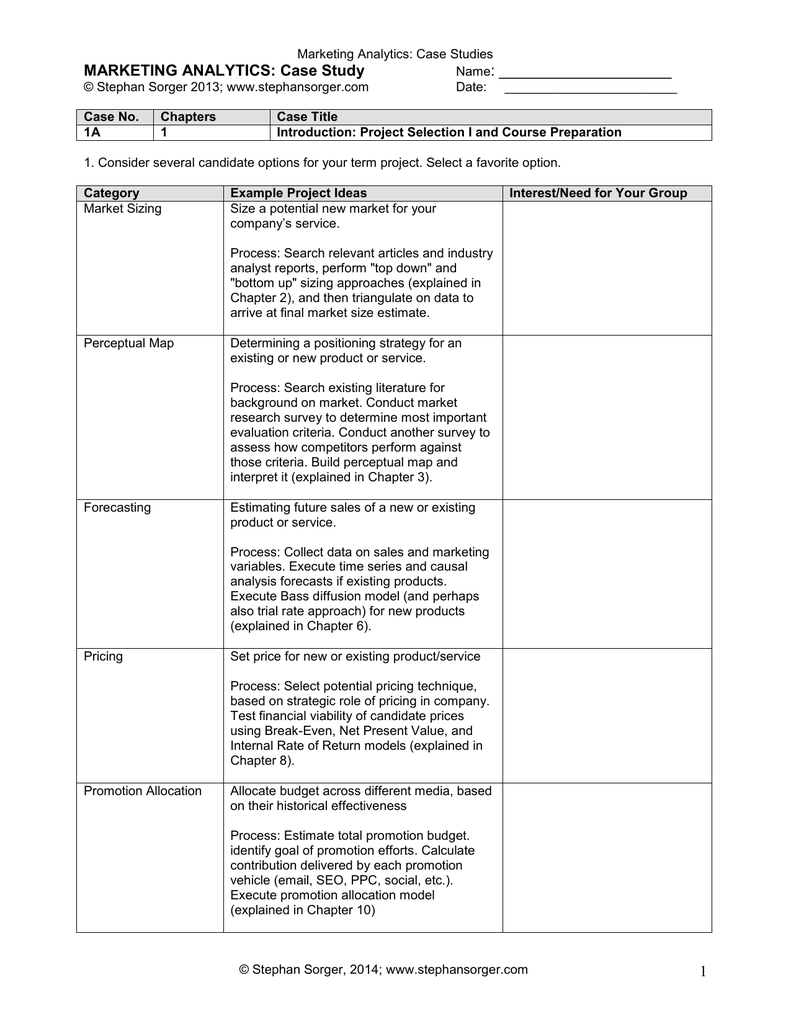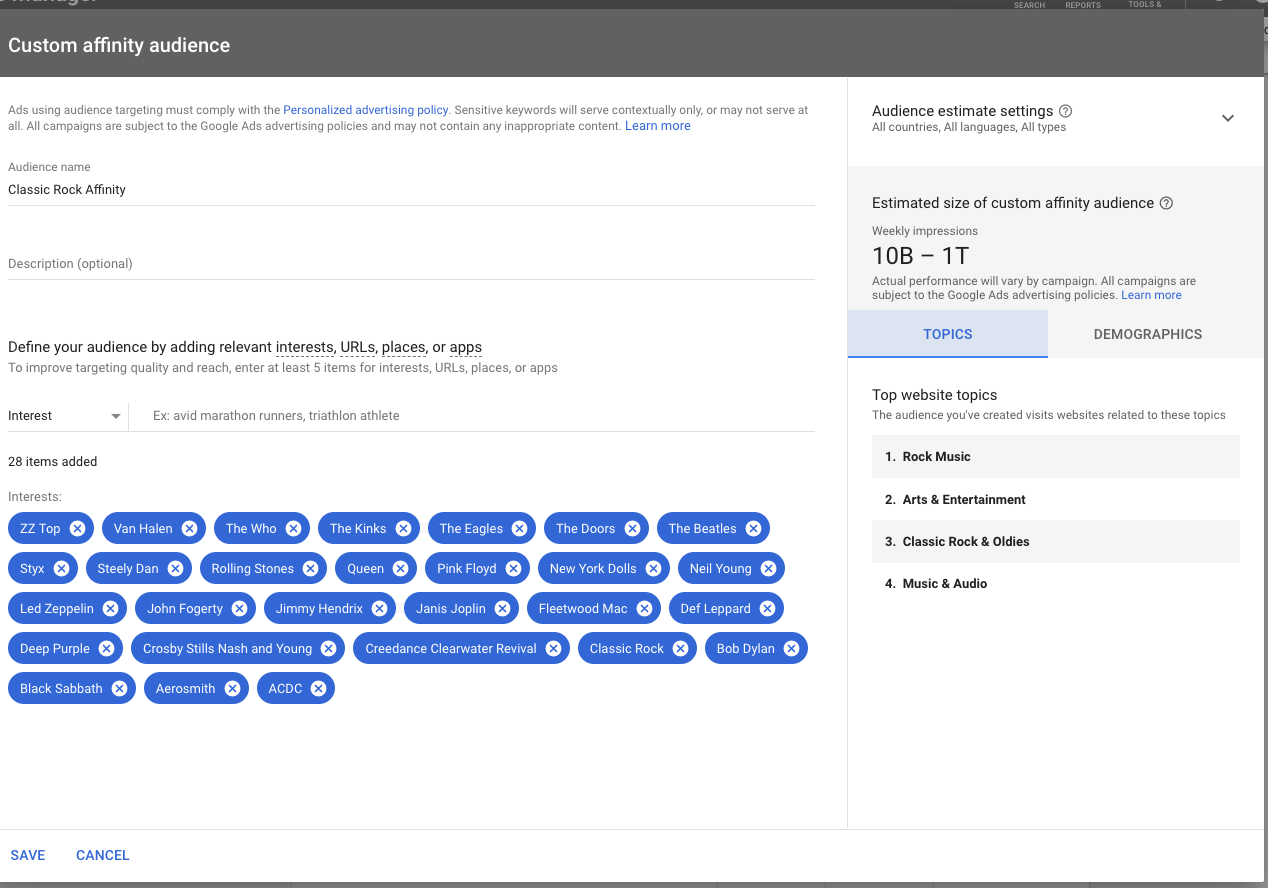
There are many forms of content distribution. Every type of content distribution is different. Which platform is most effective for your marketing goals, and which ones are the best? What platform is best for your marketing goals? How does it affect your content distribution budget. LinkedIn is better for B2B customers than Facebook. Social ads can be found in users' sidebars. They are clearly labeled. This article will cover five popular platforms as well as how to make the most of them.
Social media
Using social media for content distribution is an effective way to boost brand awareness and reach a wider audience. It's becoming increasingly popular to use social media for research purposes, so it's important to devise a cohesive strategy for your social-media marketing efforts. There are two types in social media content distribution. Owned content distribution means that content is posted to your company or personal account. It can also be posted through other channels, such as your website, blog, or newsletter.
Press releases
While traditional press releases are written for public relations, press releases are also useful for content distribution. A press release has three main purposes: to create awareness, build an image, and secure media coverage. To be effective, a press release should be newsworthy - that is, it should be current, relevant, happening, or soon. The 5W1H rule applies to press releases: they must answer the following questions: who, what, where and why. It may be rejected if it doesn't answer these questions.

Influencer outreach
You should evaluate the work of influencers before you start reaching out to them for content distribution. Review their reviews, comments, social media posts, as well as their social media posts to assess if their content is compatible with yours. Kristen Matthews from GroupHigh suggests that you evaluate the content of each influencer based on their reach, engagement, or other metrics. This will enable you to identify the most relevant influencers for your brand and make sure you thoroughly review their work.
CoSchedule
CoSchedule allows you to automate content distribution. Create posts, schedule them and send them to your social networks. This social media scheduler will automatically insert blog post content to your social posts. Then you can go about promoting your content, generating more traffic and sales. CoSchedule makes it easy to distribute content. You can schedule everything from blog posts to social posts with just a few clicks.
Hootsuite
If you're not a social media marketing expert, using a tool like Hootsuite to schedule your social media posts can save you time and energy. The tool allows you to schedule posts in advance for different days of the week. It will automatically post relevant content to each platform. This will ensure that your audience sees it every day. But, you don't have to stick with one type.

FAQ
What's the difference between content creation and content marketing?
Content marketing is the idea of all great brands having the same message. They deliver valuable information that people desire and need.
Content marketers know how to create the right content for each channel at different times.
They also understand how to develop an effective strategy around promotion and distribution.
In other words, they think strategically about what they do and why it matters.
This is the foundation skill set required to be a successful content marketing professional.
What is content marketing's main goal?
Content marketing provides valuable and relevant information to customers. This can be done via email campaigns, blog posts, white papers, and other channels. It is important to provide value to your target audience.
What amount should I spend on content marketing?
This depends on the number of leads you wish to generate. Depending on the industry, the average cost of a lead is $5-10. When we started our business, for example, we spent about $20 per lead. Today, we spend about $6-7 per lead.
What should I do to get started with content marketing?
Start by identifying your audience. What are their needs? What are their needs How can they be helped? Once you know who you're writing for, you can determine where to focus your efforts.
Is content marketing right for me?
Absolutely! Content Marketing works well for any type of business. Content marketing works for all types of businesses, regardless of whether you offer products or support, or offer training. Customers can learn more about your company by creating content and staying connected.
How can I improve my content marketing strategy?
You can improve your content marketing strategy by focusing on audience, content, and distribution. Understanding your ideal customer is the first step to improving your content marketing strategy. Next, understand where your customers hang out online. Once you have this information, your content can be tailored to their tastes. The second step is to create a voice and style that differentiates you from the rest. Third, you must figure out how to efficiently distribute your content.
How do you make content that is good?
Content should be useful, interesting, and easily shared. The best content has a clear call to action, such as a link or button that allows readers to sign up for a free trial, read more about a product, or purchase something from your site. It's also important to include visuals in your content so that it can easily be shared across all media types.
Statistics
- Companies that use content marketing see approximately 30% higher growth rates than businesses not using it. (mailchimp.com)
- To further show the importance of this, 89% of people have stopped doing business with a company because of a poor experience. (neilpatel.com)
- Out of the 1,500 marketers we surveyed for our State of Content Marketing report, 78% who felt their content marketing strategy was exceptionally effective in 2021 had documented their strategy. (semrush.com)
- According to our research, brand awareness, attracting traffic, and generating leads remain the key content marketing goals in 2022. (semrush.com)
- Progress indicators (0–100%) allow each team member to see how attainable each goal is and understand what remains to be accomplished. (semrush.com)
- According to research compiled by Coschedule: Companies that publish 16+ blog posts a month get as much as 3.5x as much traffic as those that publish 0-4 posts a month. (criteo.com)
- Content marketing produces 3X more leads per dollar spent. Content marketing costs 62% less than traditional marketing. (criteo.com)
- This marketing strategy landed Ford a 15.4% conversion rate. (neilpatel.com)
External Links
How To
Informationgraphic creation tips to help with content marketing
Infographics make complex concepts simple and easy to understand. Use infographics as a tool to promote your content marketing message.
For creating an infographic you'll need software such as Adobe Illustrator and Photoshop. These programs are great for creating infographics. After your design is complete, you can upload images from Unsplash and Pixabay to your design.
Look online for inspiration to create your own infographics. You could use a photo of a food pyramid to show the calories in particular foods. Then, replace those numbers with photos of the foods. You could also look at the sugar content of soda pop, and then take a photo of a Coke bottle.
Once you've designed your infographic, you can share it through social media channels like Facebook and Twitter. This allows people to learn more about the concept, even if they aren't familiar. Include hashtags if you plan to share your infographic via social media platforms. This will allow others to see what you're talking. You can use hashtags to allow others to follow your conversations about specific topics.
You can make infographics shorter if your posts are short. An average blog post can range from 2000 to 5000 word, while an informationgraphic needs only 500 to 1000 words. This means you can easily convey more information with less space.
Your infographic should be easy to read for some viewers. Your graphics should be large enough in font size and not rely on too much color. It is important that all text is legible.
Here are some other tips.
-
Choose an Infographic Design Template. Many templates are available in both printable and online formats. Canva and Piktochart are some of the most popular.
-
Create your Infographic. You can use the template to create your infographic. You can use any kind of media that you feel is appropriate for your audience. For example, creating an infographic about the best places to eat in Seattle might choose photos of local restaurants.
-
Add text. Once you've created your infographic, add text using Microsoft Word, PowerPoint, or Canva.
-
Add Images. Add images to an infographic. You can add images to your infographic. You should make sure that the picture you upload is related to your topic.
-
Make It Interactive. Interactive elements like buttons, maps and links can be added to your website. This will allow you to engage your audience.
-
Share. Share your infographic with others on social media such as Facebook, Twitter and LinkedIn.
-
Measure. What was the performance of your infographic? Did people click on your website? Are they signing up for your email newsletter? What was their reaction when you showed them your infographic
-
Improve. Do you think there are ways to improve your infographics Do you think your infographic could be better?
-
Repeat. Do this again!